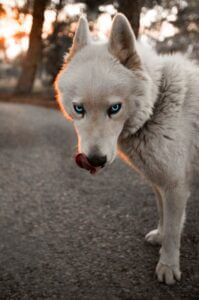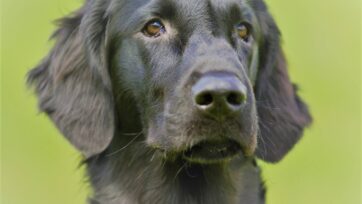
ORTHOPEDIC CARE FOR DOGS
THE CONDITIONS
Fractures
A fracture is a broken bone. The proper care calls for splinting, casting or bracing for bone alignment, then protect the area and allow for healing. Improper initial management of fractures can lead to significant long-term disability and, potentially, mortality.
Joint Contracture
Joint contracture is characterized by chronic impairment of joint motion caused by structural changes in the muscles, ligaments, and tendons. This may occur in any joint of the body as a result of immobilization, nerve injuries or disease.
TENDON RUPTURE
Cranial Cruciate
This is one of the most common orthopedic injuries in dogs. CCL Tears or rupture is the most common cause of degenerative joint disease in the stifle joint. CCL rupture occurs in all sizes of dogs, but is most common in large and giant breeds. CCL rupture can occur in cats, as well, but with less frequency.
Achilles
A fall is the most common cause of Achilles tendon rupture. Puncture wounds can also partially or completely rupture the tendons in the backs of the hind legs. A rupture or tear in this group of tendons can be either partial or complete. Surgery is usually necessary to help the ruptured tendon heal.
Carpal Hyperextension
This is caused by too great a force on the carpus, which leads to the tearing of the ligaments and fibrocartilage and collaps of the carpal joint. This can be caused by sudden trauma such as falls or injury during exercise or chronic conditions such as abnormal posture while weight-bearing.
Intervertebral Disk Disease
Intervertebral disks are the “cushions” in the space between spinal vertebrae. The disks are subject to a number of degenerative conditions and forces that predispose them to bulge or rupture over time. Ruptures like these lead to damage to the spinal cord. IVDD in dogs is a common cause of back pain, rear limb paralysis, and inability to walk or feel the back legs. Certain breeds including the dachshund, shih tzu, Pekingese and Beagle are commonly afflicted.
Varus/Valgus Deformities
The terms varus and valgus always refer to the direction that the distal segment of the joint points. For example, in a valgus deformity of the knee, the distal part of the leg below the knee is deviated outward, resulting in a “knock-kneed” appearance.
